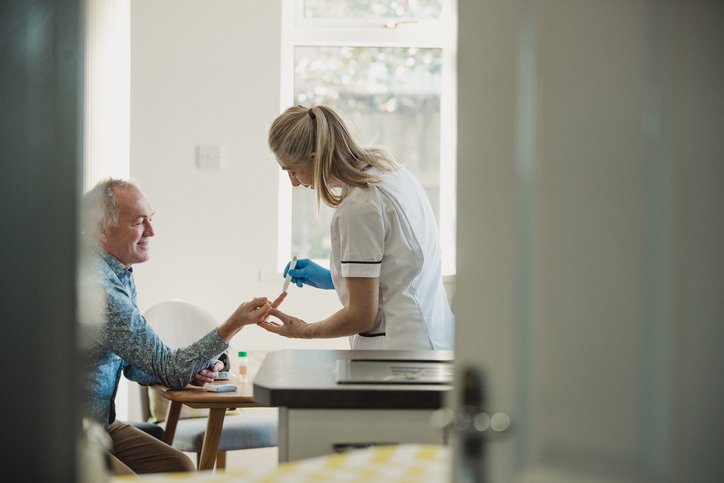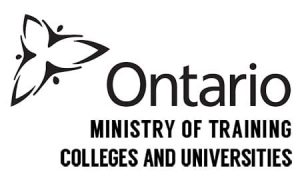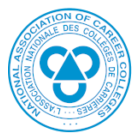
Nowadays, healthcare professionals are able to diagnose and monitor a wide variety of conditions by taking patient samples including blood, tissue, urine and saliva.
As a medical lab technician you will be responsible for collecting patient samples and preparing them for testing. This goes beyond simply collecting a blood or urine sample. Technicians will need to be able to make a patient feel at ease and also ensure the correct handling of the sample afterwards.
Some samples are easier to acquire than others and some may cause patient discomfort. Read an introduction to collecting patient samples below.
Learn About Patient Preparation in Lab Technician Programs
Before collecting any sample it’s important that the patient is fully prepared. Depending on the test, the patient may need to fast beforehand, as food consumption can affect test results.The fasting period will usually be around 8 hours before the test. For this reason, samples are often taken in the morning as this allows the patient to fast overnight.
For certain samples, patients may also need to avoid certain foods and drink such as alcohol, coffee, tea, or even avocados!
 Medical lab technicians will learn how to make patients feel at ease by explaining the procedure
Medical lab technicians will learn how to make patients feel at ease by explaining the procedure
Many patients are affected by nerves before having a sample taken, particularly for more invasive procedures like blood or tissue samples. In a medical lab technician course, you will develop important communication skills to help a patient to feel comfortable.
This will often involve explaining the procedure and any safety precautions beforehand. A medical lab technician can also help a patient to manage any feelings of discomfort using visualization or breathing techniques.
Collecting Samples That Are Naturally Eliminated from the Body
Some of the most common samples are those that are naturally eliminated from the body. These include urine, feces, semen, and sputum. Sputum is a mixture of saliva and mucus that is coughed up by the patient.
The patient should be able to collect these samples themselves. However, young children or patients with physical disabilities may need assistance from a medical lab technician.
These samples are usually painless to collect, but can sometimes be awkward or unpleasant for the patient. In those cases, a medical lab technician can play an important role in helping them to feel at ease.
How to Take Samples Within the Body or on the Surface
Other samples like blood and tissue can be trickier to collect, and may involve minor procedures that could cause patient discomfort.
A medical laboratory technician training course can help prepare you for a career as a phlebotomist. Phlebotomists draw patient blood using needles and other equipment.
Collecting tissue samples either involves a needle biopsy or an excisional or closed biopsy to take the tissue from the body. Patient discomfort and the time needed to take the tissue vary greatly depending on the area.
Medical lab technicians can also take samples from the surface of the body. These are often painless and quick, and involve passing a swab over the affected area. One example is the Pap test, which uses a cotton swab or spatula to collect samples from the cervix.
How to Correctly Label Samples
After you have safely collected the sample, it’s important to handle and label it correctly. A sample label needs to include the patient’s first and last name, unique identification number, time and date of collection, and the initials of the person collecting the sample.
If a sample is not labelled correctly it will be rejected by the lab, meaning the test may need to be redone.
Some samples also require special handling,such as protection from light or immediate refrigeration. The medical lab technician should be aware of any requirements and act accordingly.
Are you interested in taking a lab technician program?
Contact Oxford College for more information!






